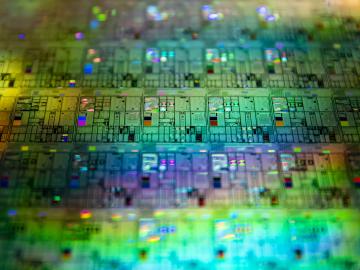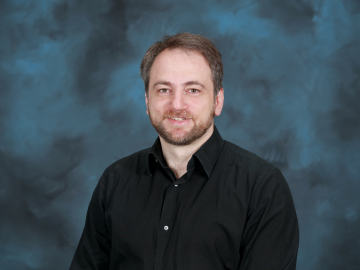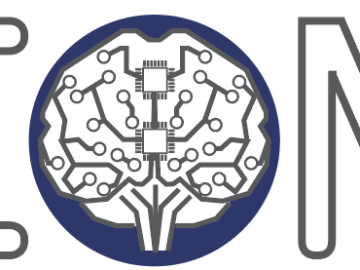
Filter News
Area of Research
- (-) Sensors and Controls (2)
- (-) Supercomputing (99)
- Advanced Manufacturing (1)
- Biology and Environment (25)
- Building Technologies (3)
- Computational Biology (1)
- Computational Engineering (1)
- Computer Science (13)
- Electricity and Smart Grid (3)
- Energy Science (145)
- Functional Materials for Energy (1)
- Fusion and Fission (7)
- Fusion Energy (1)
- Isotopes (1)
- Materials (44)
- Materials for Computing (9)
- National Security (33)
- Neutron Science (22)
- Quantum information Science (9)
- Transportation Systems (2)
News Topics
- (-) Artificial Intelligence (37)
- (-) Buildings (4)
- (-) Frontier (32)
- (-) Grid (6)
- (-) Machine Learning (15)
- (-) Quantum Science (25)
- (-) Security (7)
- (-) Transportation (6)
- 3-D Printing/Advanced Manufacturing (5)
- Advanced Reactors (1)
- Big Data (22)
- Bioenergy (9)
- Biology (11)
- Biomedical (17)
- Biotechnology (2)
- Chemical Sciences (5)
- Computer Science (96)
- Coronavirus (14)
- Critical Materials (3)
- Cybersecurity (8)
- Energy Storage (8)
- Environment (22)
- Exascale Computing (26)
- Fusion (1)
- High-Performance Computing (43)
- Isotopes (2)
- Materials (15)
- Materials Science (16)
- Mathematics (2)
- Microscopy (7)
- Molten Salt (1)
- Nanotechnology (11)
- National Security (8)
- Neutron Science (13)
- Nuclear Energy (4)
- Partnerships (1)
- Physics (8)
- Polymers (2)
- Quantum Computing (20)
- Simulation (16)
- Software (1)
- Space Exploration (3)
- Summit (43)
Media Contacts

We have a data problem. Humanity is now generating more data than it can handle; more sensors, smartphones, and devices of all types are coming online every day and contributing to the ever-growing global dataset.

As the second-leading cause of death in the United States, cancer is a public health crisis that afflicts nearly one in two people during their lifetime.

The prospect of simulating a fusion plasma is a step closer to reality thanks to a new computational tool developed by scientists in fusion physics, computer science and mathematics at ORNL.

A team from the ORNL has conducted a series of experiments to gain a better understanding of quantum mechanics and pursue advances in quantum networking and quantum computing, which could lead to practical applications in cybersecurity and other areas.

Gina Tourassi has been appointed as director of the National Center for Computational Sciences, a division of the Computing and Computational Sciences Directorate at Oak Ridge National Laboratory.

Students often participate in internships and receive formal training in their chosen career fields during college, but some pursue professional development opportunities even earlier.

A joint research team from Google Inc., NASA Ames Research Center, and the Department of Energy’s Oak Ridge National Laboratory has demonstrated that a quantum computer can outperform a classical computer

Processes like manufacturing aircraft parts, analyzing data from doctors’ notes and identifying national security threats may seem unrelated, but at the U.S. Department of Energy’s Oak Ridge National Laboratory, artificial intelligence is improving all of these tasks.

Artificial intelligence (AI) techniques have the potential to support medical decision-making, from diagnosing diseases to prescribing treatments. But to prioritize patient safety, researchers and practitioners must first ensure such methods are accurate.

Materials scientists, electrical engineers, computer scientists, and other members of the neuromorphic computing community from industry, academia, and government agencies gathered in downtown Knoxville July 23–25 to talk about what comes next in


